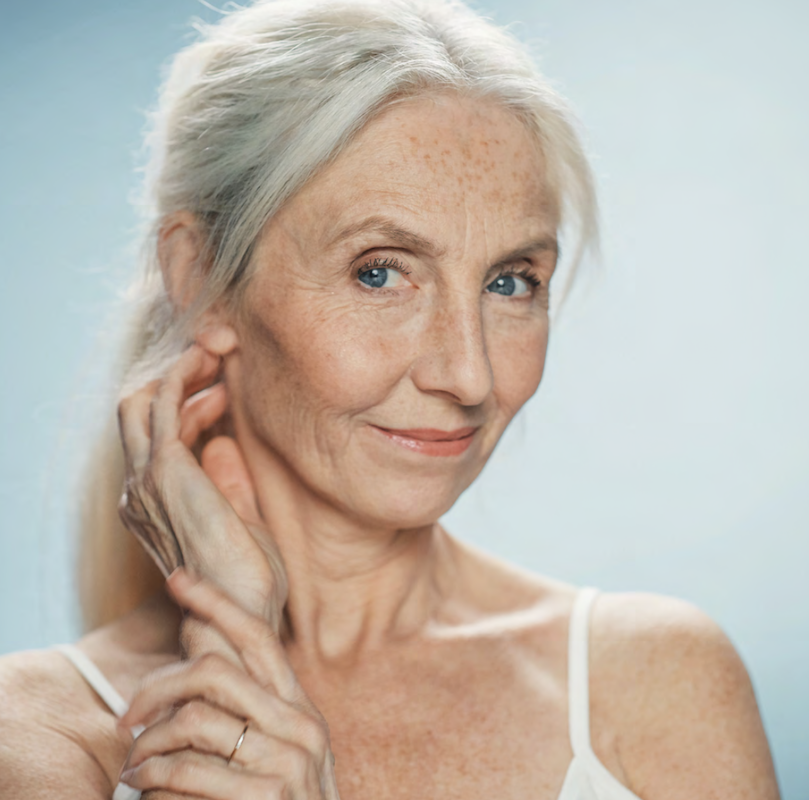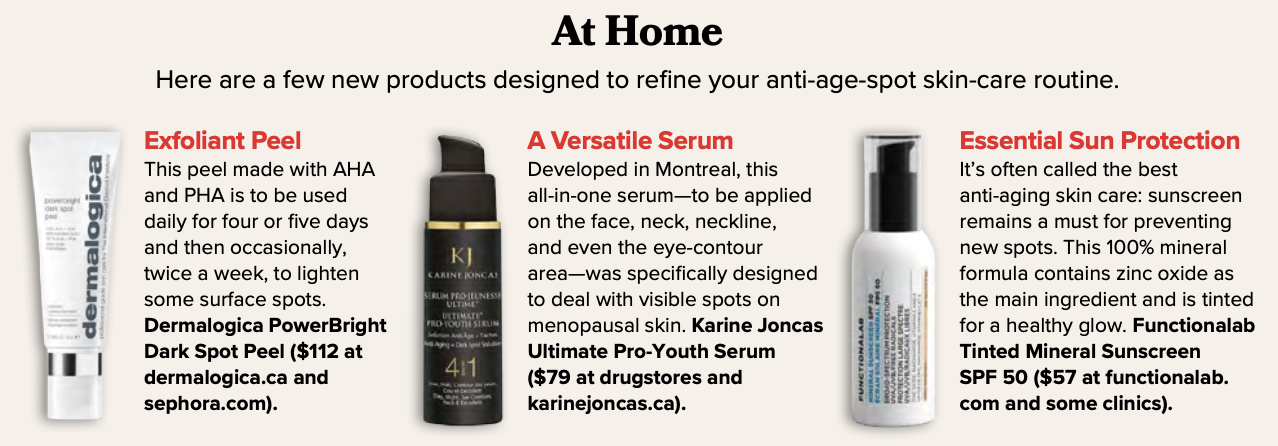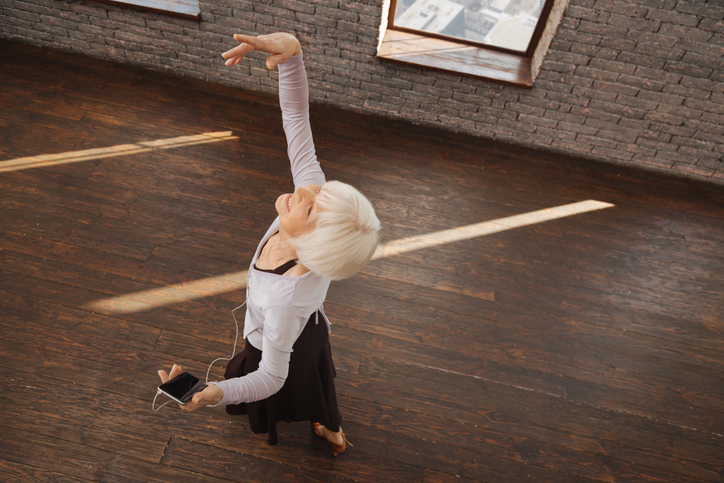By Jessica Dostie
Is it possible to reduce, or even eliminate, dark spots?
Age spots are caused by an overproduction of melanin, which leads to their formation mostly on the face, hands, and neckline—the areas most exposed to the sun. The result is an uneven complexion that lacks radiance. Here’s why they appear and what can be done about them.
1. All dark spots are caused by overexposure to the sun.
FALSE. Although cumulative exposure to UV rays and skin aging are the most common causes of hyperpigmentation, other factors can be involved, says Dr. Noémie Vézina, a facial rejuvenation specialist and the medical director of the Montreal medical aesthetic clinic Sabbya. “Melanocytes, the cells that produce melanin, can also be stimulated by a post-inflammatory reaction, stress, genetic predisposition, certain medications, and hormonal changes,” she says.
2. Reducing the appearance of dark spots always involves invasive and costly cosmetic treatments.
FALSE. You can easily—and painlessly—reduce spots through non-invasive procedures such as a chemical peel. This treatment, done at a medical aesthetic clinic using concentrated active ingredients such as glycolic acid, removes surface spots from the skin by exfoliating. “It’s like a facial,” Vézina says. “It doesn’t offer the best results for more pronounced spots, but it really helps reduce superficial ones.”
Fractional laser treatment is particularly effective at removing all kinds of spots, but the healing process takes up to a week, so it’s not for everyone. In addition, the cost is more than $1,000 per session and can add up quickly, because you’d need at least two or three sessions. Another option is a laser peel, which visibly reduces spots and has a shorter recovery time and a lower cost.
At home, the daily use of medical-grade brightening serums made with niacinamide or azelaic acid, in particular, is recommended for evening out the complexion.
A combination of the different methods described above ensures optimal results.
3. People with dark skin are more susceptible to spots.
TRUE. Skin type plays a major role in the appearance of dark spots, especially those caused by inflammation or an injury. “The darker your skin, the higher your risk of seeing post-inflammatory hyperpigmentation after a pimple, an eczema flare-up, or even a burn because of the higher levels of melanin in the skin,” Vézina says. The best way to prevent dark spots is to use sunscreen, which is essential all year long, no matter what your skin type, she emphasizes.
4. Some medical aesthetic procedures can exacerbate the spot instead of removing it.
TRUE. Intense pulsed light (IPL) therapy, also known as BroadBand Light (BBL) therapy, is a technique that predates lasers and has been proven to reduce hyperpigmentation—but not in all cases. “It works well only for solar lentigos [spots caused by exposure to UV rays] or old acne scars, in particular,” Vézina says. “Melasma-type spots— caused by hormonal fluctuations related to menopause or hormone therapy—are actually accentuated by the heat and light generated by this type of equipment.” That’s why it’s important to get an accurate diagnosis and rely on qualified professionals. “A melasma that is treated like any other dark spot will not go away,” she adds.







